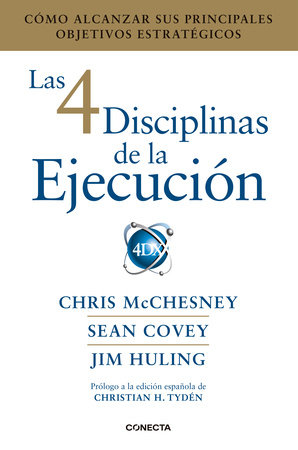Laila Porras detalla cómo se transformó Rusia desde su etapa soviética hasta su integración al capitalismo, su desarrollo económico, el ajedrez siniestro de sus oligarquías, su regreso como potencia militar y el afán de sus élites por volver a su nación artífice y líder de un nuevo orden mundial multipolar.
La violenta invasión de Rusia a Ucrania encendió numerosos debates al cuestionar con severidad la intervención militar; las condenas y acusaciones han puesto a Rusia —no sin razón— como un verdugo y han estimulado a diversos países a emitir juicios reprobatorios a los dictados de Vladimir Putin. Pero pocos analistas ofrecen un argumento neutral, preciso y profundo sobre los orígenes de este conflicto, como los expuestos en este libro. Para entender la guerra entre Rusia y Ucrania, que excede ampliamente sus fronteras al ser esta última apoyada económica y militarmente por lo que Putin llama “el Occidente colectivo”, la autora nos presenta un estudio claro y pertinente de una historia compartida por ambas naciones y analiza las diversas fuentes externas del conflicto: geopolíticas y económicas, como el pacto roto de la OTAN y las presiones económicas de la Unión Europea hacia Ucrania; ambos desarrollos percibidos por Rusia como un cerco militar y económico que amenaza su soberanía y seguridad. Evoca los conflictos geopolíticos en la zona originados por el control de las rutas de los hidrocarburos, entre otros.
La Odisea rusa destroza la comentocracia de nuestros tiempos y nos ofrece explicaciones sólidas del peregrinaje histórico, económico y político de Ucrania, las invasiones extranjeras en su territorio durante siglos y su lucha por establecerse como nación independiente, así como las paradojas entre la cercanía y la distancia con Rusia y su posición como punto estratégico para intereses económicos y militares de Estados Unidos y de la Unión Europea, así como de Rusia, obstinados en afanes de expansión y abierta lucha mercantil.
ENGLISH DESCRIPTION
Russia’s violent invasion of Ukraine sparked numerous debates regarding the military intervention. The convictions and accusations have put Russia —not without reason— as an executioner and have encouraged various countries to pass judgments disapproving of Vladimir Putin’s dictates. Few analysts offer a neutral, precise, and profound argument about the origins of this conflict, like the ones presented in this book.
To understand the war between Russia and Ukraine–which widely exceeds its borders, as the latter is supported economically and militarily by what Putin calls “the collective West”– the author presents a clear and pertinent study of a history shared by both nations. The book analyzes the conflict’s various external sources: geopolitical and economic, such as the broken NATO pact and the economic pressures of the European Union towards Ukraine. Both developments are perceived by Russia as military and economic sieges that threaten its sovereignty and security.
With that in mind, Porras evokes the geopolitical conflicts in the area caused by the control of hydrocarbon routes, among others issues. The author details how Russia was transformed from its Soviet stage to its integration into capitalism, its economic development, the sinister game of chess played by its oligarchies, its return as a military power, and the eagerness of its elites to return to their nation as the architects and leaders of a new multipolar world order.
The Russian Odyssey shatters the rising commentocracy of our times and offers solid explanations of Ukraine’s historical, economic, and political pilgrimage, the foreign invasions on its territory for centuries, and its struggle to establish itself as an independent nation, as well as the paradoxes between distance and proximity with Russia, and its position as a strategic point for the economic and military interests of the United States and the European Union. The book also comments on Russia’s obstinate desire for expansion and open mercantile struggle.






















